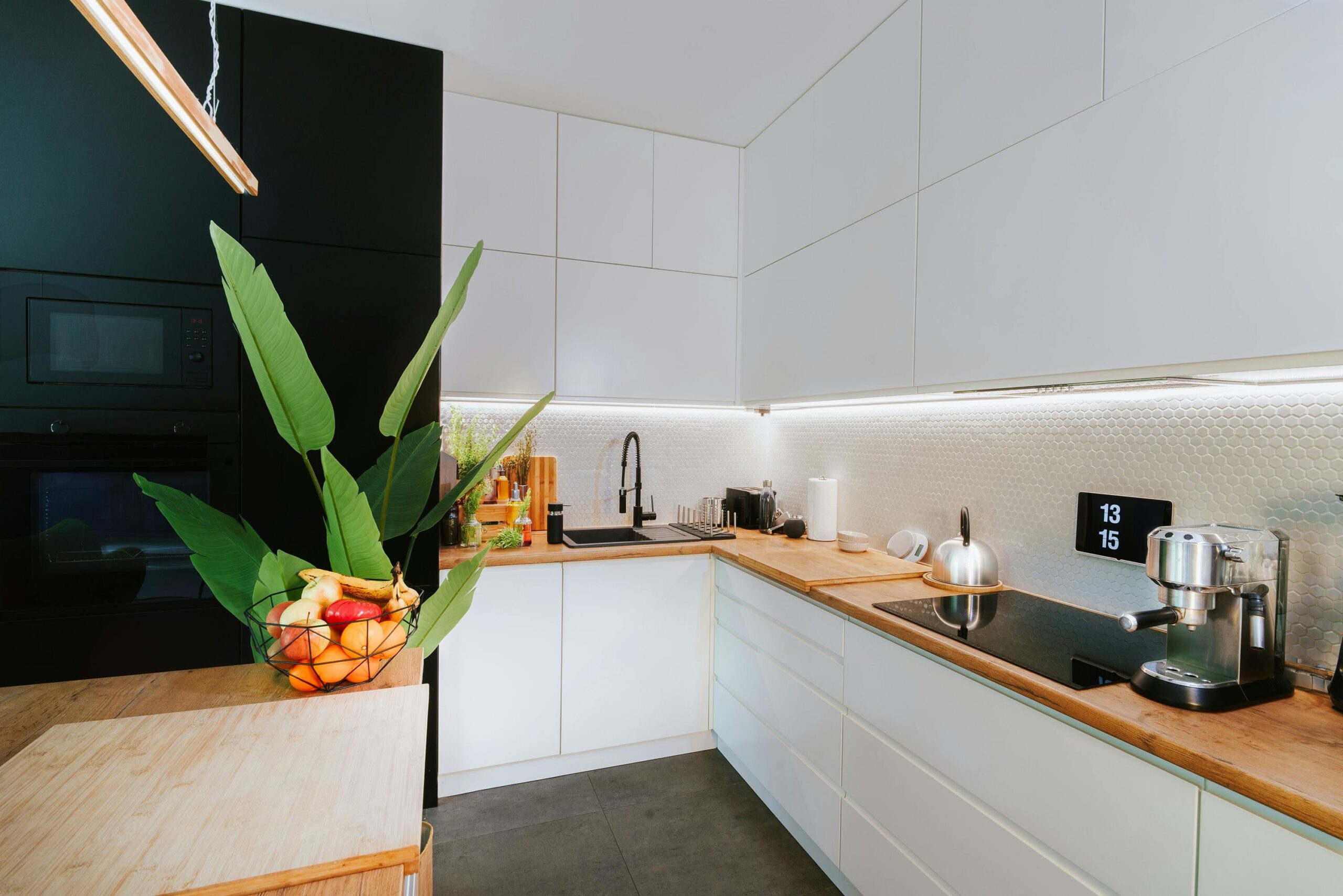Picture this: It’s 9 p.m., and you’re chilling on your couch after a marathon day. Your hands are full of snacks, the remote is across the room, and that smart speaker you bought last Christmas is just sitting there, judging you. Wouldn’t it be great if your furniture could do more than just… exist? Enter voice-controlled furniture, the unexpected MVP of the smart home tech world.
In this post, we’ll explore why voice-controlled furniture isn’t just a futuristic gimmick—it’s a game-changer for convenience, accessibility, and design-forward living spaces. By the end, you’ll know everything from how to pick the right pieces to common mistakes people make when diving into this trend. Buckle up—this one’s about to get cozy.
Table of Contents
- Key Takeaways
- The Problem: Why Your Living Room Needs an Upgrade
- Step-by-Step: Choosing Voice-Controlled Furniture That Works For You
- Tips for Maximizing Your Smart Furniture Experience
- Real-Life Examples of Smart Furniture in Action
- Frequently Asked Questions About Voice-Controlled Furniture
- Conclusion: Is Voice-Controlled Furniture Right for You?
Key Takeaways
- Voice-controlled furniture blends technology with interior design to elevate your home’s functionality.
- Compatibility with existing smart home systems is critical before buying smart furniture.
- Accessibility benefits make voice-controlled furniture ideal for seniors and individuals with disabilities.
- While convenient, improperly implemented features can lead to privacy concerns and frustration.
The Problem: Why Your Living Room Needs an Upgrade

If I told you my coffee table almost caused a breakup, would you believe me? Let me explain. My partner once spent $400 on what they swore was “smart furniture”—turns out, all it did was charge our phones wirelessly. No motion sensors, no app integration, and absolutely zero voice controls. The rage-reviews were warranted, trust me.
Here’s the deal: as homes grow smarter, so must our expectations of comfort and efficiency. But too often, traditional furniture fails to keep pace. Imagine adjusting your recliner angle without lifting a finger or dimming lights embedded in your bedside stand—all through simple commands like “Hey Google” or “Alexa, adjust.” This isn’t sci-fi anymore; it’s reality.
Optimist You: *“This sounds amazing!”*
Grumpy Me: *“Yeah, but only if setup doesn’t involve three hours and a PhD in coding.”*
Step-by-Step: Choosing Voice-Controlled Furniture That Works For You

Ready to transform your space into a haven of hands-free luxury? Follow these steps:
Step 1: Assess Compatibility
Before investing, check whether the furniture integrates seamlessly with your preferred virtual assistant (Google Assistant, Amazon Alexa, Apple HomeKit). Otherwise, you might end up with yet another glorified charging dock.
Step 2: Prioritize Functionality
What problems are you trying to solve? Adjustable height desks? Built-in speakers? Ambient lighting? Identify your needs first to avoid buyer’s remorse.
Step 3: Stick to Reputable Brands
Not every brand touting their products as “smart” delivers on quality. Look for companies with strong reviews and clear instructions on usability.
Tips for Maximizing Your Smart Furniture Experience

- Create Routines: Use automation to synchronize multiple pieces. For instance, say “Goodnight,” and watch your bed warm itself while ambient lights dim.
- Secure Privacy Settings: Many smart devices collect data. Double-check permissions to ensure your conversations stay private.
- Don’t Overdo It: Sometimes simpler is better. A fully automated couch with vibrating massage modes may sound cool until it glitches at 2 a.m.
- DIY Tip Gone Wrong: One time, I tried hacking a non-smart chair into compatibility using wires I found under the sink. Spoiler alert: it broke immediately. Don’t be me.
Real-Life Examples of Smart Furniture in Action
Take, for example, Ori Living—a company specializing in robotic furniture. Their LIV L desk not only raises and lowers via voice command but also tracks your posture throughout the day. Meanwhile, IKEA recently debuted UPPSHOGEN, a line of minimalist chairs embedded with Wi-Fi routers and wireless charging stations.
These innovations prove smart furniture isn’t reserved for Silicon Valley billionaires—it’s accessible, practical, and stylish enough for everyday users.
Frequently Asked Questions About Voice-Controlled Furniture
Are voice-controlled pieces expensive?
Initially, yes—but prices are dropping as demand grows. Entry-level items range from $200 to $500.
Can I retrofit regular furniture to become “smart”?
Technically, yes, but proceed with caution. Retrofit kits can add voice control to basic furniture but often lack polish compared to purpose-built models.
Conclusion: Is Voice-Controlled Furniture Right for You?
Voice-controlled furniture represents the future of functional, stylish homes. From solving ergonomic woes to simplifying daily routines, it offers unparalleled convenience. Just remember—choose wisely, secure your settings, and never DIY unless you’re actually qualified.
So next time someone asks why your couch costs more than their car, smile smugly and say, “Because it listens to me.”
Like a Tamagotchi, your SEO needs daily care.


